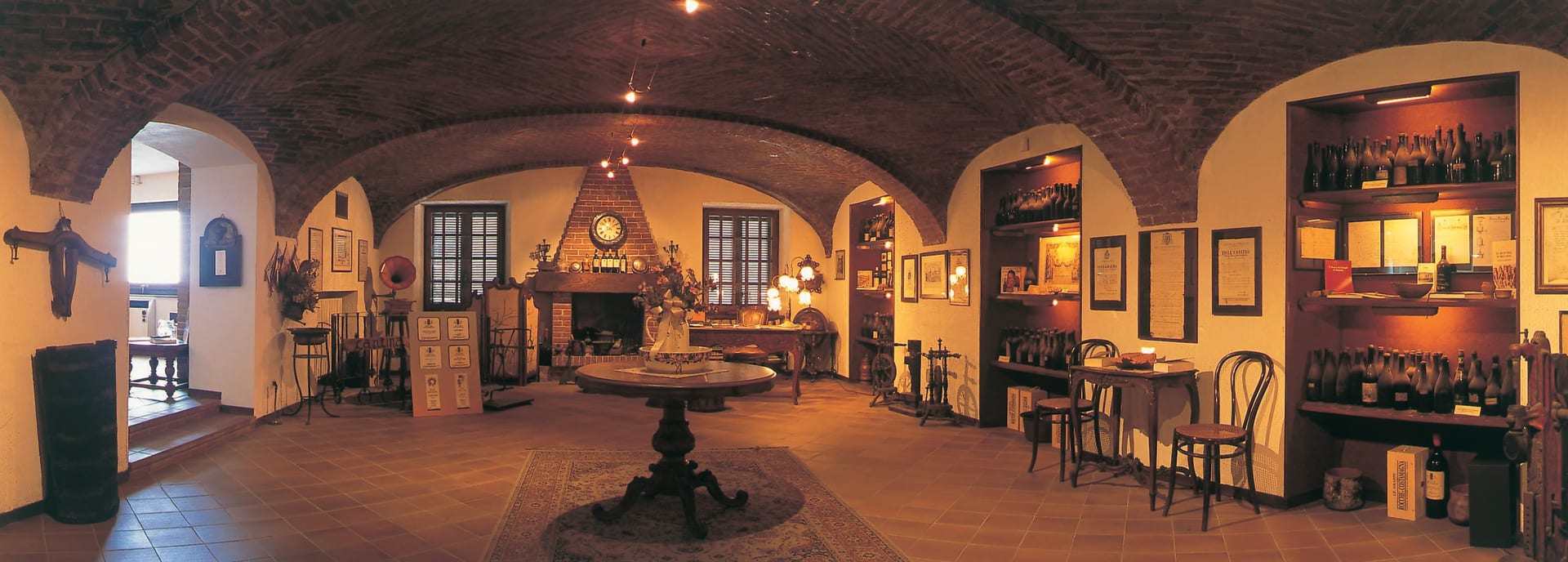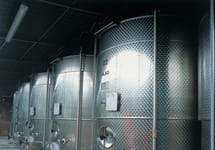Rocche Costamagna Barolo Rocche dell'Annunziata 2011
-
James
Suckling


Product Details
Your Rating
Somm Note
Winemaker Notes
Professional Ratings
-
James Suckling
A ripe and gorgeous wine with plum, berry and chocolate character. Full and chewy. Long finish. Rich and powerful. Give this time to mellow.
Other Vintages
2015-
James
Suckling -
Wine
Enthusiast
-
James
Suckling
-
James
Suckling - Decanter
-
James
Suckling
-
James
Suckling -
Robert
Parker -
Wine
Enthusiast
-
James
Suckling -
Wine
Enthusiast
-
Wine
Spectator -
Wine
Enthusiast





When Francesco died, his son Riccardo continued to manage the winery with the help of his wife Maddalena. After Riccardo's death in the 1930s, his wife decided to sell the vineyards located outside La Morra. Wine was produced only for the family's own consumption and some grapes were sold to other winemakers.
In the late 1960s, Maddalena's niece, Claudia Ferraresi, together with her husband Giorgio Locatelli, restarted the commercial winemaking activity, planted new vineyards and modernized the old winery.
Since the mid 1980s their son Alessandro Locatelli has been managing the winery with the help of agronomist Gian Piero Romana and enologist Giuseppe Caviola. Alessandro has improved the vineyards and winemaking techniques. He has been developing customer sales all over the world, and so carrying on the family tradition with passion and drawing on the wealth of experience gathered by the family.

Responsible for some of the most elegant and age-worthy wines in the world, Nebbiolo, named for the ubiquitous autumnal fog (called nebbia in Italian), is the star variety of northern Italy’s Piedmont region. Grown throughout the area, as well as in the neighboring Valle d’Aosta and Valtellina, it reaches its highest potential in the Piedmontese villages of Barolo, Barbaresco and Roero. Outside of Italy, growers are still very much in the experimentation stage but some success has been achieved in parts of California. Somm Secret—If you’re new to Nebbiolo, start with a charming, wallet-friendly, early-drinking Langhe Nebbiolo or Nebbiolo d'Alba.

The center of the production of the world’s most exclusive and age-worthy red wines made from Nebbiolo, the Barolo wine region includes five core townships: La Morra, Monforte d’Alba, Serralunga d’Alba, Castiglione Falletto and the Barolo village itself, as well as a few outlying villages. The landscape of Barolo, characterized by prominent and castle-topped hills, is full of history and romance centered on the Nebbiolo grape. Its wines, with the signature “tar and roses” aromas, have a deceptively light garnet color but full presence on the palate and plenty of tannins and acidity. In a well-made Barolo wine, one can expect to find complexity and good evolution with notes of, for example, strawberry, cherry, plum, leather, truffle, anise, fresh and dried herbs, tobacco and violets.
There are two predominant soil types here, which distinguish Barolo from the lesser surrounding areas. Compact and fertile Tortonian sandy marls define the vineyards farthest west and at higher elevations. Typically the Barolo wines coming from this side, from La Morra and Barolo, can be approachable relatively early on in their evolution and represent the “feminine” side of Barolo, often closer in style to Barbaresco with elegant perfume and fresh fruit.
On the eastern side of the Barolo wine region, Helvetian soils of compressed sandstone and chalks are less fertile, producing wines with intense body, power and structured tannins. This more “masculine” style comes from Monforte d’Alba and Serralunga d’Alba. The township of Castiglione Falletto covers a spine with both soil types.
The best Barolo wines need 10-15 years before they are ready to drink, and can further age for several decades.
